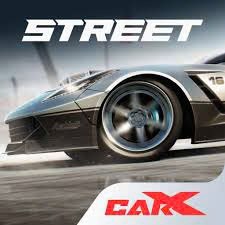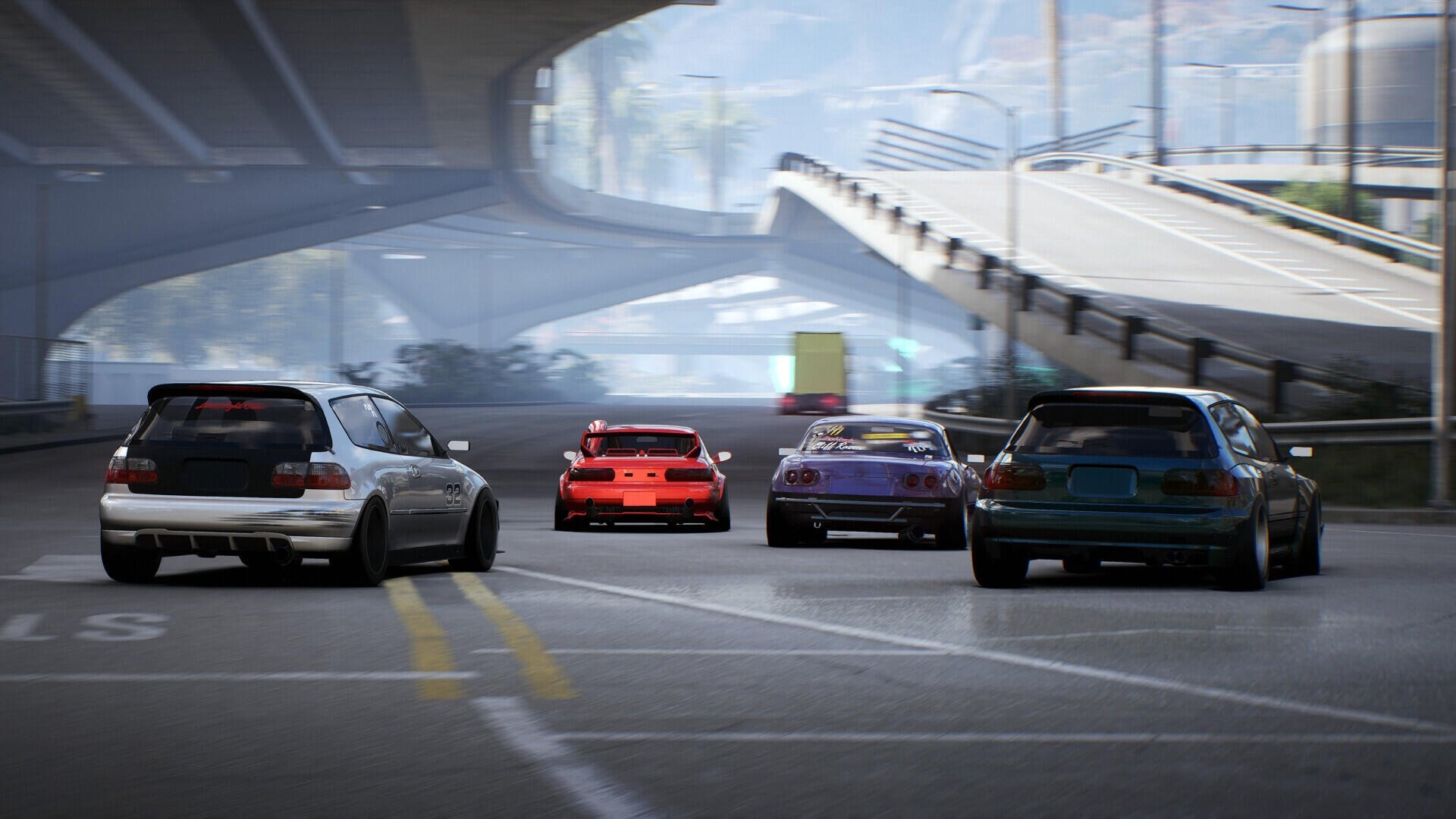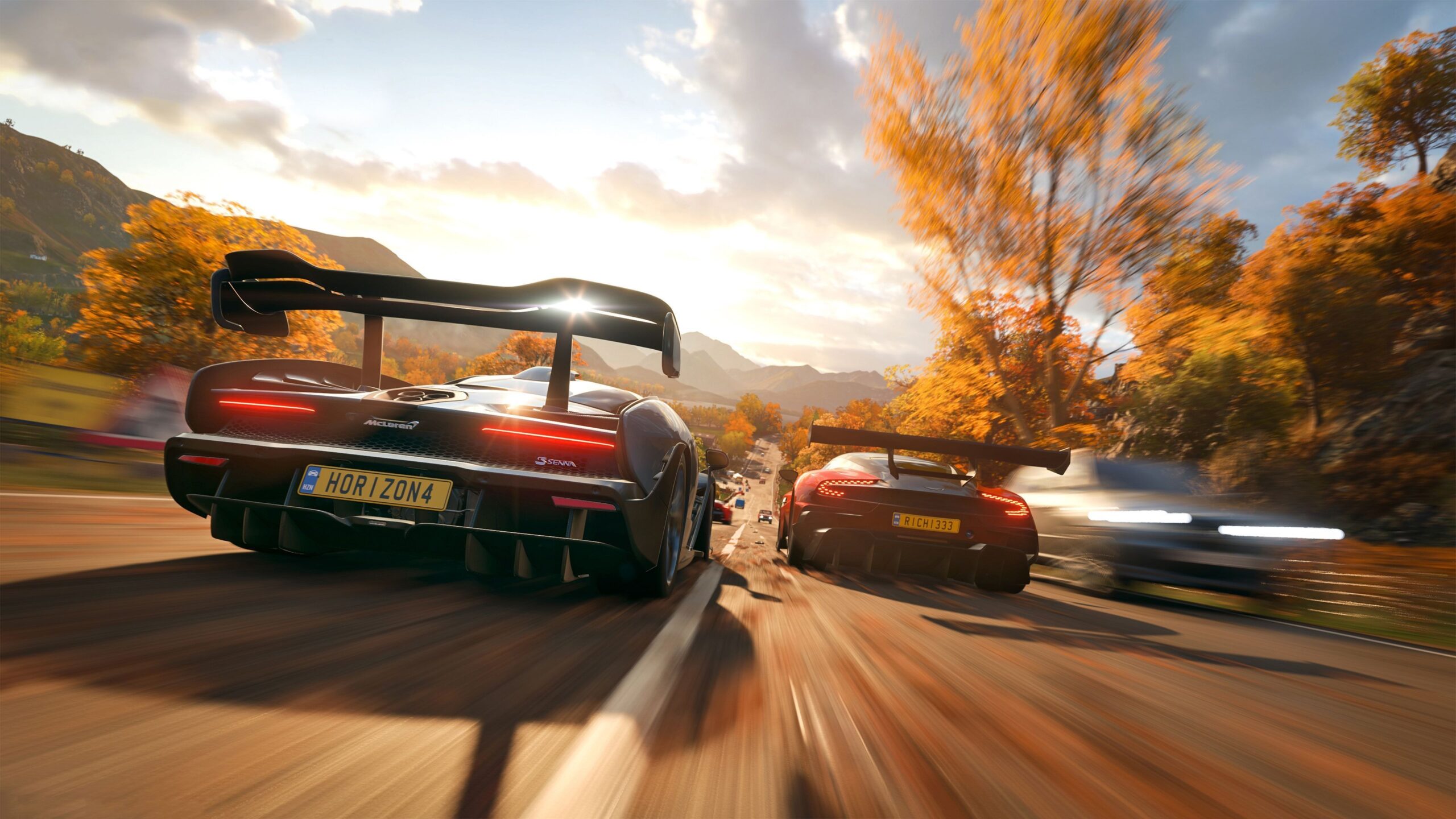
CarX Street
All trademarks belong to their respective owners. Get GameCarX Street is a realistic street racing mobile game with console‑quality graphics, deep car tuning, and free‑to‑play multiplayer action in an open world engine!
Beyond the Garage: Mastering Tuning and Performance in CarX Street
In CarX Street, while the thrill of open-world exploration and diverse race events is captivating, the true depth of the game lies beneath the hood: in its intricate tuning and performance customization systems. This is where players can transform a stock vehicle into a finely-tuned racing machine, perfectly optimized for specific race types, whether it’s a grip-focused sprint or a high-scoring drift battle. Mastering the garage, understanding the impact of each upgrade, and meticulously adjusting fine-tuning parameters is crucial for competitive success and unlocking the full potential of your vehicles.
 1. Understanding Car Classes and Performance Points (PP):
1. Understanding Car Classes and Performance Points (PP):
Before diving into upgrades, it’s essential to understand the Car Class system (often A, B, C, D, etc., or by performance rating). Each car falls into a specific class based on its default performance. As you upgrade a car, its Performance Points (PP) or overall rating will increase, potentially moving it into a higher class. This is vital for participating in class-restricted events, where only cars within a certain PP range are allowed. Your goal is often to maximize performance within a given class or push a car into the next class to compete in higher-tier races.
 2. Core Performance Upgrades:
2. Core Performance Upgrades:
These are the fundamental enhancements that directly boost your car’s raw capabilities. They typically come in tiers (e.g., Stage 1, Stage 2, Pro, Elite):
- Engine: The most impactful upgrade for raw horsepower (HP) and torque. A better engine means faster acceleration and higher top speed.
- Transmission: Improves gear shifting speed and allows for higher top speeds by optimizing gear ratios. A quick-shifting transmission helps keep the engine in its optimal power band.
- Suspension: Affects handling, stability, and weight transfer. Upgrading allows for better cornering speeds and more predictable behavior, especially during drifts.
- Tires: Directly impacts grip and traction. Stickier tires mean better acceleration off the line, more cornering grip, and improved braking. Different tire compounds (street, sport, race, drift) are often available for specific purposes.
- Brakes: Shortens braking distance and improves braking stability, allowing you to brake later into corners and maintain control.
- Turbo/Supercharger: Provides a significant boost in power, especially at higher RPMs.
3. Fine-Tuning: The Art of Precision (Advanced Customization):
This is where CarX Street truly distinguishes itself, offering a level of granular control that allows players to meticulously tailor their car’s behavior. Accessing these settings usually requires purchasing a “Pro” or “Elite” version of the relevant component.
- Engine/Transmission Tuning:
- RPM Limit: Adjusts the engine’s rev limit.
- Gear Ratios: The most critical aspect for optimizing power delivery. Shortening lower gears improves acceleration, while lengthening higher gears increases top speed. This needs to be balanced carefully for different tracks.
- Differential Lock: Controls how much power is sent to each wheel. Higher lock provides more power to both wheels (good for drifts, straight-line acceleration), but can make turning harder.
- Suspension Tuning:
- Ride Height: Lowering the car reduces its center of gravity, improving stability and cornering, but can make it prone to scraping on bumps.
- Spring Stiffness: Stiffer springs reduce body roll, improving responsiveness, but can make the ride harsher. Softer springs offer more comfort and grip over bumps.
- Camber Angle: Tilting the wheels inwards or outwards. Negative camber (top of wheel tilted in) improves cornering grip by ensuring more tire contact during turns.
- Toe Angle: How much the front/rear wheels point inwards or outwards. Affects steering response and stability.
- Anti-Roll Bars (Sway Bars): Stiffer bars reduce body roll during cornering, making the car flatter, but can make it more prone to oversteer/understeer.
- Brake Tuning:
- Brake Balance (Bias): Adjusts how much braking power goes to the front vs. rear wheels. More front bias is safer; more rear bias can induce oversteer for drifting.
- Brake Pressure: Affects the overall braking force.
- Tire Tuning:
- Tire Pressure: Crucial for grip. Lower pressure can increase the contact patch for more grip (especially for drifting), but too low can reduce responsiveness.
- Tire Type: Different types (e.g., Street, Sport, Race, Drift) dramatically change grip levels. Selecting the right tire for the event is paramount.
4. The Iterative Process of Tuning:
Tuning is not a one-and-done process. It’s an iterative cycle of experimentation, testing, and refinement:
- Identify the Goal: Are you building a drift car, a drag racer, or an all-rounder for street races?
- Make Small Adjustments: Change one setting at a time to clearly understand its impact.
- Test Thoroughly: Take the car to a test track or specific race type. Pay attention to how it behaves during acceleration, braking, cornering, and drifting.
- Analyze and Refine: Is it understeering (not turning enough)? Oversteering (turning too much)? Lacking top speed? Too slow off the line? Adjust settings based on your observations.
- Save Different Setups: For competitive players, it’s beneficial to save different tuning setups for the same car, optimized for drift events, grip events, or specific tracks.
 Why Tuning Matters:
Why Tuning Matters:
- Competitive Edge: A well-tuned car can often outperform a more powerful, but poorly tuned, car. It allows you to extract maximum performance from your vehicle.
- Tailored Experience: Tuning lets you tailor the car’s handling to your personal driving style. If you prefer oversteer, you can adjust for that.
- Mastery and Reward: The process of learning and mastering tuning adds another layer of satisfaction to the game, making victories feel even more earned.
By delving into CarX Street’s deep customization and tuning options, players can unlock a truly personalized and highly competitive racing experience, transforming their garage into a workshop of champions.
